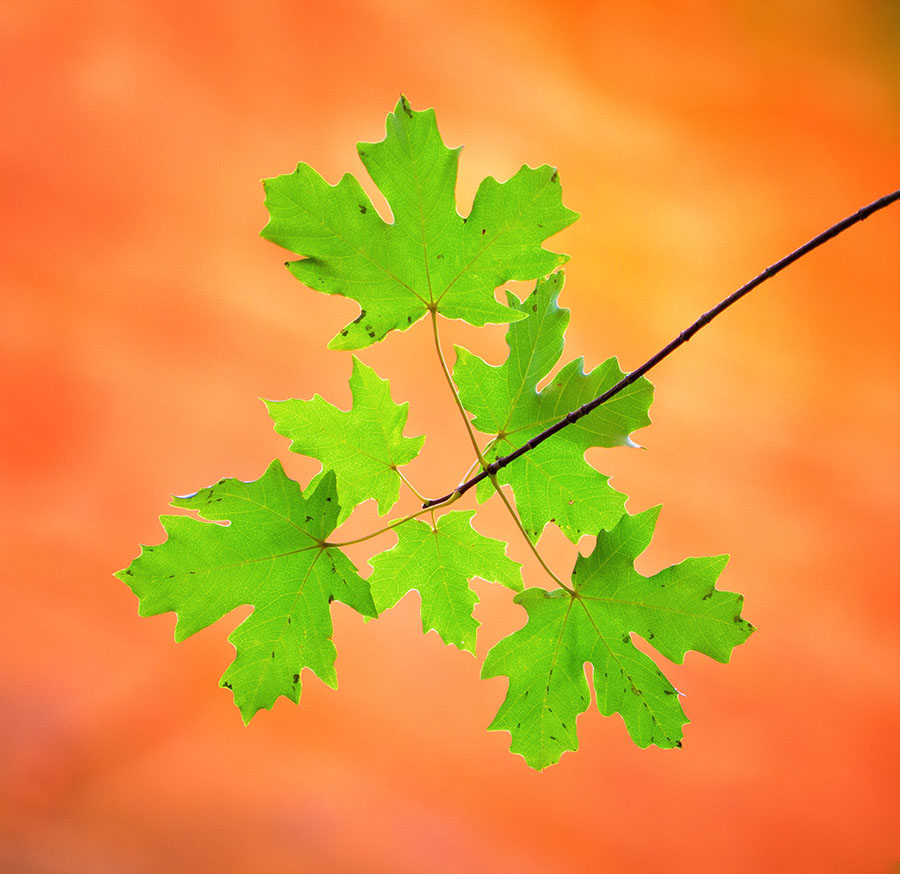 One of the habits that can lead to better photos is to ask yourself a very simple question after you take a photo: what would make it better?
One of the habits that can lead to better photos is to ask yourself a very simple question after you take a photo: what would make it better?
Every time you take a photo, take some time to review it on your camera’s LCD, and look for ways you can make it better. It could be simple things like “wait until that flower stops moving in the air” or it could be more artistic stuff like “change my position so the image has more natural lines to guide the viewer through the frame.” Just look for something, anything.
And then, make that change you thought of, and repeat the process again: asking yourself “what would make this photo better?” Keep doing that until your answer is “nothing” or “I have no idea!” — but think hard about it! You don’t want to get home, review the photos on your computer and say to yourself, “oh no! I should’ve composed it like this instead.”
I think when we first see something in nature, we have a tendency to photograph it very simply — to take a “snapshot” or just an image to document our sighting. But, if we keep asking ourselves “what would make this image better?”, then we’ll eventually end up with the best image we can create.
Sometimes it’s hard reviewing your photos like this outdoors, because the bright sunlight makes it difficult to see your LCD. But, it helps if you move to a shaded area (or just turn your back to the sun), or you can use a HoodLoupe (one of the things I love about mirrorless cameras is that this kind of thing is built-in since they have an electronic viewfinder).
Get more nature photography tips in our free weekly newsletter
 About the Author: Steve Berardi is a nature photographer, software engineer, and founder of PhotoNaturalist. You can usually find him hiking in the beautiful mountains and deserts of southern California.
About the Author: Steve Berardi is a nature photographer, software engineer, and founder of PhotoNaturalist. You can usually find him hiking in the beautiful mountains and deserts of southern California.
If I am taking a photo of a flower, I will sketch it first on my sketching pad and
then I begin to see details I would have missed with the camera.
As a photography teacher (and author of a pictorial book on B.C.), I find one of the most common mistakes is to ‘center’ the subject, as show by this example. If possible, it would also be improved if one were to re-position oneself to incorporate some other green leaves (out of focus) in the background to give it some depth. The orange background here is competing, and not ‘complimenting’ the subject matter.
Hi Frank, thanks for your feedback! I actually like the leaves photo as is 🙂 I just put it there cause I wanted to include a photo in the post. I think it’s okay to center the subject sometimes, depending on what you’re trying to show with the photo. I feel that centering the subject puts it at “center stage” and makes it feel more powerful, and putting it off-center takes some attention away from it and makes it seem less powerful. I’m not saying either way is necessarily “better” — just different feelings that are portrayed. I also like the orange background cause I love finding contrast in nature, I would say it’s the biggest theme in my photography. I see your point about including more green leaves though, and again I wouldn’t say one way or another is necessarily “right” or “wrong” — just different 🙂 Anyway, thanks again for your comments! –Steve
I’m just saying Steve that the leaves are going to be the ‘center of interest’ no matter where you place it. There is no ‘second’ center of interest in this image (such as a second group of leaves in the background). I personally like to avoid ‘perfect’ symmetry in any photograph. When photographing birds (or wildlife in general), I always suggest to my students to not center the subject (especially when the subject is facing left or right), but have more space in front of the wildlife than behind.
I love this photo.